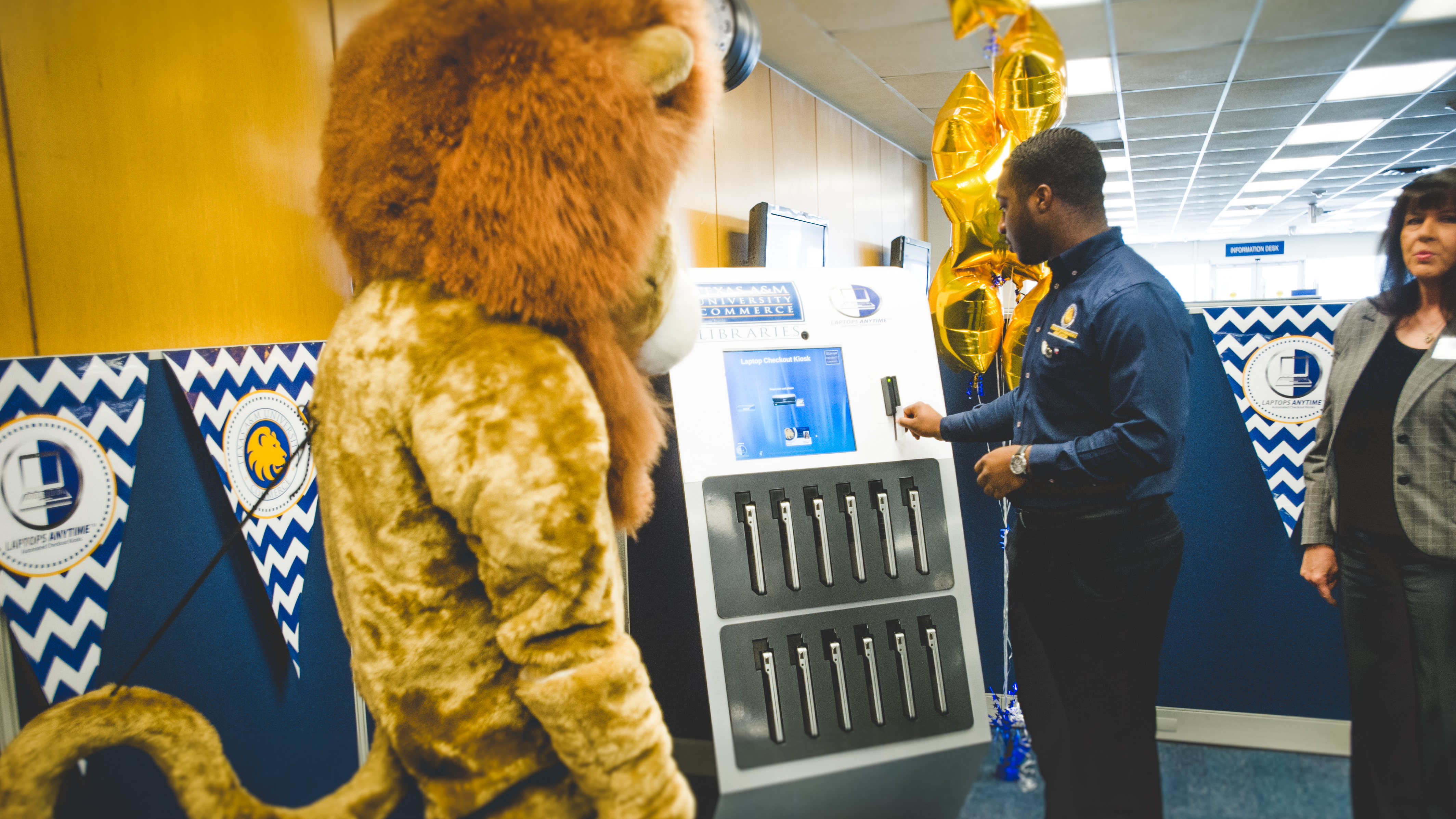New and exciting opportunities have opened up for the education sector as a result of the enhanced community quarantine.
This is especially true for the segment comprising the supplementary education industry. This industry is still quite small but it has proven to be an effective system of addressing gaps in the classroom-centered school system. Starting from about 25 years ago when it offered review classes for professional licensure examinations, the industry has evolved into helping students prepare for college entrance tests and helping students of varying capabilities learn more effectively in class.
However, the Philippines’ supplementary education segment is more vulnerable to crisis because of its fledgling size. Unlike South Korea, Japan, and Singapore where 95% of the total student population avails of tutorial services, the Philippines is still a long way off those numbers. About 250,000 Filipino senior high school students avail of both tutorial and review services in preparation for their college entrance tests, which is approximately 25% of one million Grade 11 students.
The tutorial industry in Singapore is worth $1 billion, in South Korea $2 billion, and in Japan a remarkable $8.7 billion. For the Philippines, the industry is estimated by educators at less than ₱200 million or $3.8 million, putting it among small and medium-scale enterprises (SMEs).
Like most SMEs, the supplementary education sector has little access to bank loans or private sector donations and corporate tax-credited social responsibility programs. The Constitution requires that the lion’s share of the national budget go to the formal education sector which justifies its being heavily regulated. The supplementary education sector does not receive support from public coffers; neither is it regulated by any educational agency which could set standards on fees, facilities, teaching methods and measurable outcomes.
How the Industry is Coping with COVID-19

To see how the supplemental education segment has coped with COVID-19, it is instructive to look go over the strategies adopted by the leading service provider. AHEAD Tutorial and Review Center, it must be noted, pioneered in individualized teaching methods and tools that erased the old stigma attached to tutorials and test reviews. It was thought then that supplemental teaching was only for students who were lagging in their studies. AHEAD showed students not only how to keep abreast of their lessons but how to excel. Tutorials and reviews came to be seen as a way for the brightest and more ambitious students to become high-achievers like their AHEAD teachers and review assistants who are mostly former AHEAD students who want to share their success with reviewees.
As early as January this year when news about COVID-19 broke out, I led my team in making proactive plans, guidelines, and contingency protocols. We stocked up on alcohol, face masks, and disinfecting agents to ensure the safety and protection of their staff, teachers and students. We also set a three-level emergency protocol – code Yellow, Orange, Red – to guide the staff.
Emails, letters and meetings with teachers and franchisees sent out information and advice to them about the company’s service continuity plans.
Two studios were set-up in the center and teachers were briefed, while different online teaching platforms were tested simultaneously. Remote broadcast capabilities were also made possible by distributing key communications equipment to AHEAD teachers.
The wider scope of restrictions under an enhanced community quarantine tested AHEAD’s initial preparations but its crisis management mindset developed during the K-12 shift enabled the company to migrate to its remote broadcast sites. Other adjustments were made easier by the center’s ready access to Google Education Suite which includes Google Classroom, Hangouts, Meet, and Jamboard.
It also helped that AHEAD has already been offering online services for the past 10 years.
We have been marketing our online services for 10 years now but we have experience initially with one-on-one sessions. This time around, we’ll conduct online review classes for many students at a time, daily, for at least a month for every student.
New Opportunities for Education

The present crisis highlighted the importance of alternative teaching-learning systems that fill gaps inherent to the traditional classroom-based educational system.
Learning online is often more convenient, less costly, and less time-consuming especially for long-distance commuters. Some students are more inclined and have more chances to seek advice from their teachers, sometimes even on personal matters that affect their studies because it is done virtually.
Online classes are suited for specific subjects, such as those requiring repetitive exercises or complex processes, and for homeschoolers, students with special needs, and professionals in restrictive circumstances such as those working at odd hours or overseas.
Online learning cannot be facilitated effectively by free-lancers or just about anyone.
The quality difference offered by a center such as ours is our 25 years of experience which guide our present crop of teachers who are mostly millennials themselves but who are already experts in their fields. We produce and pre-test our own materials, each of which takes the combined effort of at least 30 people to create. We carefully screen and train our teachers,
Another opportunity that may result from the health crisis is a greater openness among policy-makers for an overhaul of the entire education system which ranked among the lowest . in the rating of international education bodies.
I believe that Philippine educators must move in coordination with key stakeholders to adopt more innovative teaching methods and more industry-relevant courses, and to give more support to alternative learning systems that are cost-efficient, accessible, and tailored to individual capabilities and aspirations.
Democratizing economic opportunities

There is no denying that online learning is hampered by the digital divide where many Filipinos cannot afford the required gadgets, programs and facilities, including access to reliable internet service. I believe this is a transitional problem being mitigated by cheaper gadgets, open programs, and improvements in the telco industry, and it does not invalidate the argument for online education and supplemental learning systems.
I believe that supplementary education providers deserve greater support because it is part of the MSME sector that accounts for up to 98 percent of the country’s total employment and more than 30 percent of the economic output or Gross Domestic Product (GDP). Also, MSMEs impact families who are the least reachable to government, big business investments, and local and international development agencies.
Thank you for your continued trust and understanding. We look forward to happier times.
